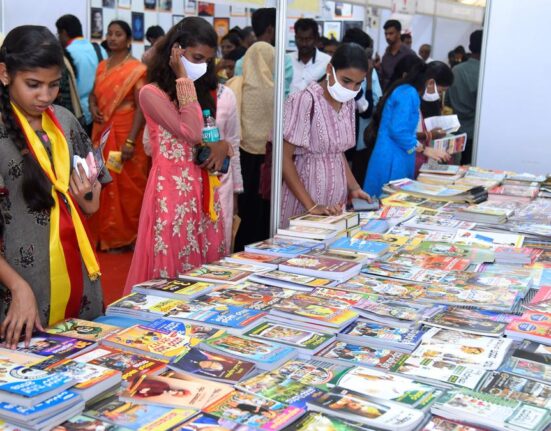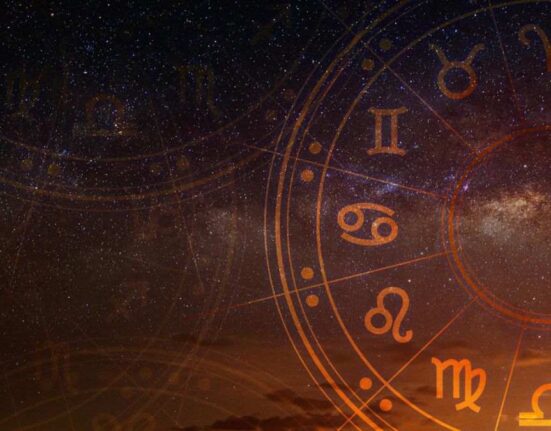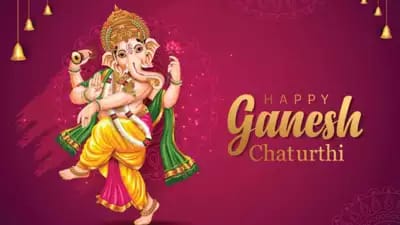Ganesh Chaturthi, also known as Vinayaka Chaturthi, is a vibrant and widely celebrated Hindu festival that honors Lord Ganesha, the deity of wisdom, prosperity, and remover of obstacles. This festival usually falls in the Hindu month of Bhadrapada, which corresponds to August or September in the Gregorian calendar. It spans 10 days, starting on the fourth day of the waxing moon and ending on the 14th day of the waxing moon (Anant Chaturdashi).
Origins and Significance
The origins of Ganesh Chaturthi can be traced back to ancient times, but it gained significant cultural and religious prominence during the Maratha reign, particularly under Chhatrapati Shivaji Maharaj. However, it was in the late 19th century that the festival took on its present public form, thanks to the efforts of Indian freedom fighter Bal Gangadhar Tilak. He transformed Ganesh Chaturthi into a community festival to unify people and inspire nationalistic fervor against British rule.
Lord Ganesha is revered as the symbol of knowledge, intellect, and fortune, and worshipping him is believed to bring success and remove any obstacles in one’s path. The festival holds immense cultural significance, uniting people across India, especially in Maharashtra, Goa, Karnataka, and Andhra Pradesh, with elaborate celebrations in homes and communities.
Rituals and Celebrations
The festival begins with the installation of beautifully crafted Ganesha idols in homes, public pandals (temporary stages), and temples. Artisans spend weeks creating these idols, which range from small, simple figures to massive, intricate structures. The idols are adorned with flowers, lights, and offerings of modaks (sweet dumplings), considered Ganesha’s favorite food.
During the 10-day celebration, devotees perform daily prayers (aarti), sing devotional songs, and participate in various cultural programs. The atmosphere is lively with music, dance, and communal activities. On the final day, the idol is carried through the streets in a grand procession, accompanied by music and dancing, before being immersed in water—a ritual known as *Visarjan*. This act symbolizes Lord Ganesha’s return to Mount Kailash, taking with him the misfortunes of his devotees.
Environmental Impact and Eco-friendly Initiatives
In recent years, concerns about the environmental impact of Ganesh idols made from non-biodegradable materials have grown. The immersion of these idols in water bodies has led to pollution, affecting aquatic life. As a result, many people and communities have shifted towards using eco-friendly idols made of clay and natural colors, and promoting artificial immersion tanks to mitigate the environmental damage.
Conclusion
Ganesh Chaturthi is not only a religious festival but also a celebration of community, culture, and art. It brings people together in joyous festivities, while also encouraging reflection on personal growth and the removal of life’s obstacles. As more people embrace sustainable practices, the festival continues to evolve, blending tradition with environmental consciousness.












